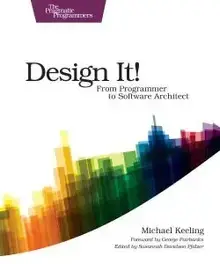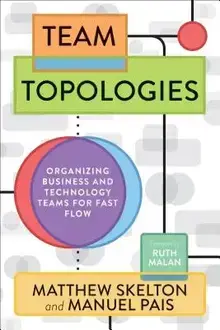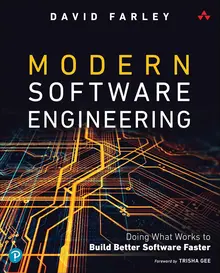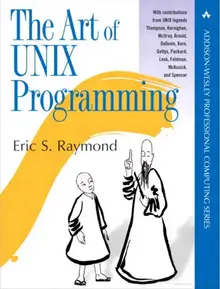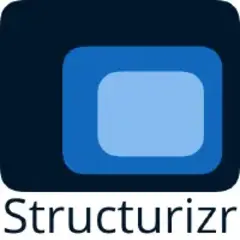Architecture
Architecture defines the high-level structure and guiding principles of a system. It spotlights the decisions that are hard to reverse and communicates how components collaborate to deliver value.
Below is an overview of content that matches the tag "architecture".
Note that this list is not exhaustive, as it is automatically aggregated based on manually assigned categorizations.
If you notice a missing element, or think some of the items are wrongfully categorized, please create a bug/improvement ticket on our github issue tracker.
Books tagged with "Architecture"
Patterns, Principles, and Practices of Domain-Driven Design
Implementing Domain-Driven Design in .NET
Millett, S.; Tune, N. (2015) Patterns, Principles, and Practices of Domain-Driven Design. Wrox. isbn: 1118714709.
Scott Millett and Nick Tune provide a comprehensive guide to applying domain-driven design within .NET ecosystems. They connect strategic patterns—bounded contexts, context mapping—with tactical constructs such as aggregates, domain services, and events. Depth and detailed examples make this a later-stage read for engineers ready to align code with business language across large systems.
Design It
From Programmer to Software Architect
Keeling, M. (2017) Design It. The Pragmatic Bookshelf. isbn: 1680502093.
Design It follows a fictional project to illustrate how software architects balance stakeholder goals, constraints, and technical options. Michael Keeling mixes facilitation techniques, documentation strategies, and decision records so architects can make their thinking transparent. It serves both aspiring architects and experienced leads who want a modern, collaborative toolkit.
Team Topologies
Organizing Business and Technology Teams for Fast Flow
Skelton, M.; Pais, M. (2019) Team Topologies. It Revolution Press. isbn: 9781942788829.
Team Topologies evolves DevOps topology work into a practical playbook for structuring teams and interactions. Matthew Skelton and Manuel Pais describe four fundamental team types and three interaction modes designed to improve flow and reduce cognitive load. Case studies show how intentional boundaries and communication paths accelerate delivery in complex organisations.
Modern Software Engineering
Doing What Works to Build Better Software Faster
Farley, D. (2021) Modern Software Engineering. Addison-Wesley Professional. isbn: 978-0137314911.
Modern Software Engineering reframes development as a disciplined, experiment-driven activity built on fast feedback. Dave Farley connects lean principles with practices such as trunk-based development, test automation, and continuous delivery pipelines. The book serves as a reference for teams that want to scale quality without sacrificing speed.
Raymond, E.S. (2003) The Art of Unix Programming. Addison-Wesley. isbn: 978-0131429017.
The Art of Unix Programming captures the Unix philosophy through essays on simplicity, modularity, and composability. Eric S. Raymond profiles successful tools and communities to show how small programs that do one thing well combine into powerful systems. The collection remains a valuable reference for developers who want to design software with clear boundaries and reusable interfaces.
Other Resources tagged with "Architecture"
Structurizr
A DSL for describing software architecture and design. Based on the c4model system for system description. Easy to use, and integrates with the most popular code-to-diagram formats.

